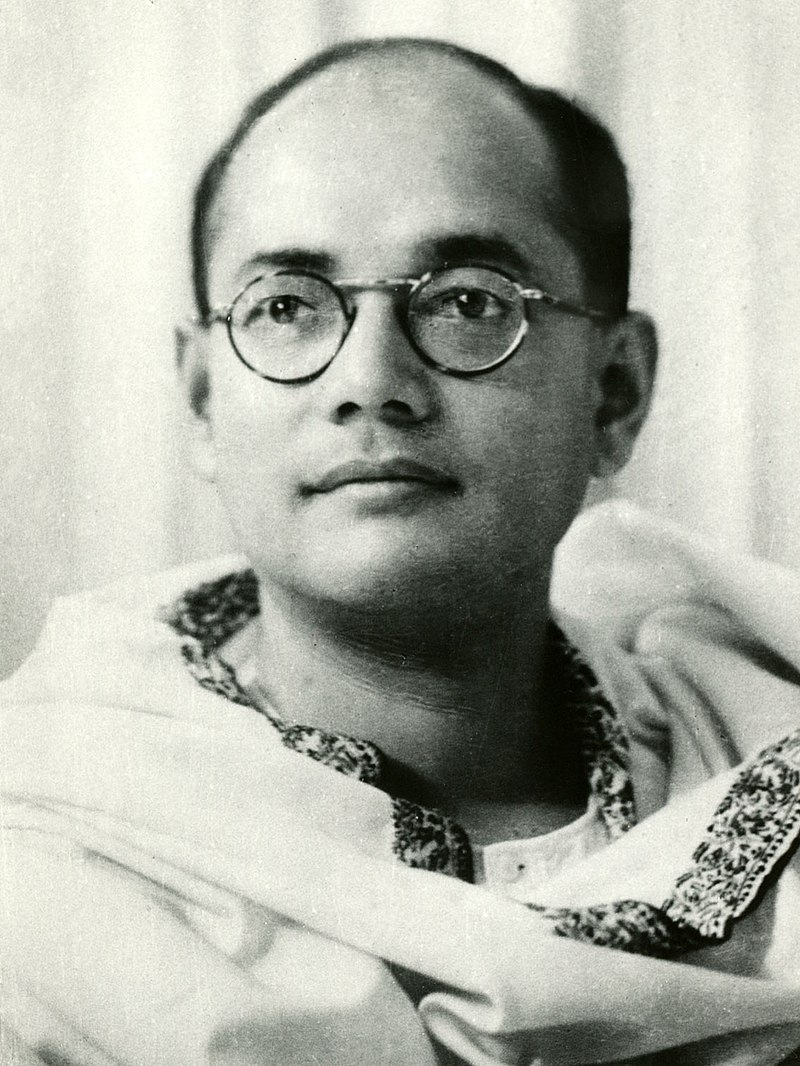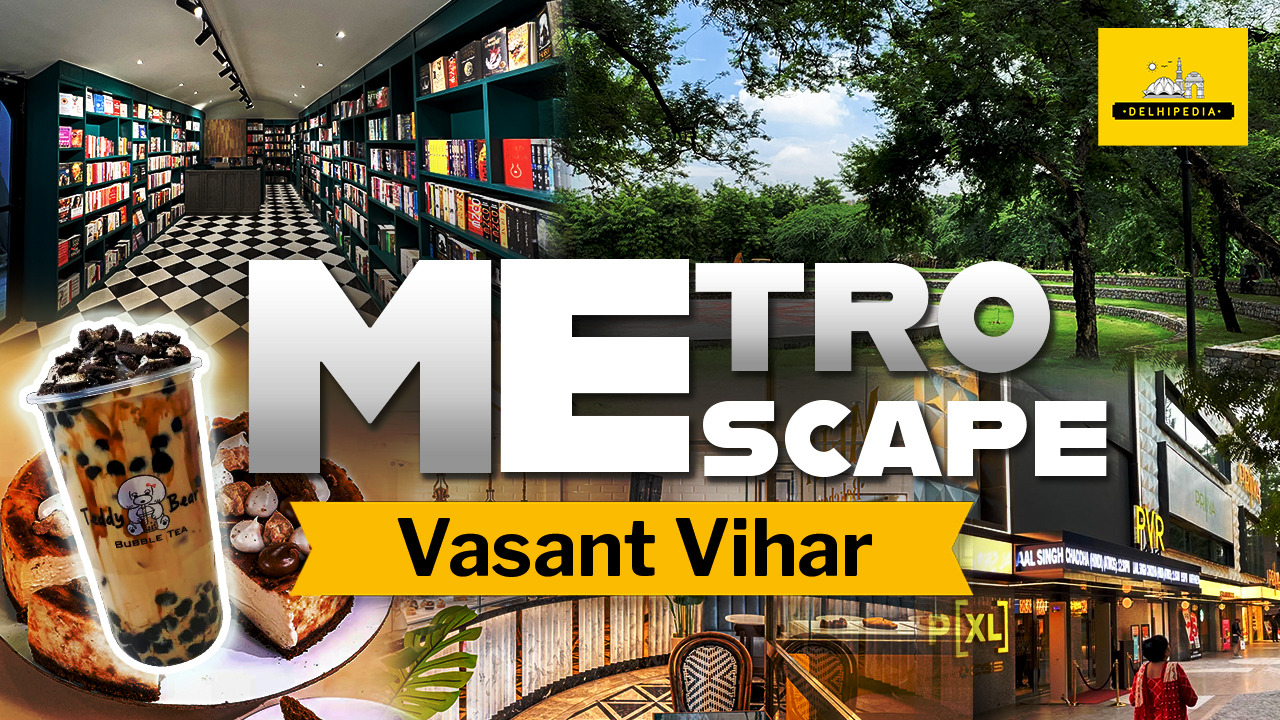“No great change in history has ever been achieved by discussions”, said Netaji Subhash Chandra Bose, whose defiant patriotism is still remembered.

Photo Source: Wikipedia
Every year on 23 January, the birth anniversary of India’s prominent freedom fighter Netaji Subhas Chandra Bose is celebrated. This year India is celebrating the 124th birth anniversary of Subhas Chandra Bose. Netaji was a brave soldier, warrior, great general and skilled politician. To get the country’s independence from the British, he had formed the Azad Hind Fauj and along with the Japanese had also liberated some parts of the country from the British. The slogan given by him ‘You give me blood, I will give you freedom’ brought the blood of every Indian to a boil. However, due to his mysterious death in a plane crash, many of his dreams remained unfulfilled. Today we will give you much important and interesting information about the life of Netaji Subhas Chandra Bose.
Prime Minister Narendra Modi has announced the installation of a statue of Netaji Subhash Chandra Bose at India Gate. The first life-size statue of Netaji Subhash Chandra Bose was established on 23 January 1975 at Subhash Park (earlier Edward Park) about 47 years ago in the capital. On that day a life-size statue of Subhash Chandra Bose along with his comrades from the Indian National Army (INA) was unveiled by the then Vice President B. D. Jatti. It took at least 10 days to install it here. The people of Delhi used to stand in front of the statue for several days after its installation. A wonderful combination of emotion and movement is seen in this statue. You must see it after stopping for a few moments. Seeing it, it seems that Netaji wants to tell you something. This is a very living statue. It can be considered as the level of Gyarah Murti statue near Rashtrapati Bhavan.
Who made the first statue of Netaji?
The statue of Netaji Subhash Chandra Bose in Subhash Park was made by the great sculptor of Maharashtra, Sadashivrao Sathe. The first life-size statue of Mahatma Gandhi in the capital was installed outside the Town Hall of Chandni Chowk in 1952. That nine feet high idol was also made by Sadashiv Rao Sathe. Sadashiv Rao Sathe passed away last year in Mumbai. He was 95 years old. Former Prime Minister Atal Bihari Vajpayee was also a staunch admirer of his work. Sathe ji had made hundreds of life-size and torso statues in the country and abroad. Sadashiv Rao Sathe continued to compose the idols of great men at various places in the capital.

The Statue of Netaji Subhas Chandra Bose along with members of INA at Subhash Park
Photo Credit: V Sudershan (The Hindu)
Netaji’s statue in Parliament House
After the installation of the statue of Netaji Subhash Chandra Bose in Subhash Park, a very magnificent statue of him was installed near Gate No. 5 and Central Hall of Parliament House on 23 January 1997. This is a bronze statue. This idol was made by the legendary sculptor Kartik Chandra Pal. It was unveiled by the then President of the country, Dr Shankar Dayal Sharma. This idol was presented by the Government of West Bengal. It was also Karthik Chandra Pal who had made the statue of Jana Sangh leader Dr Shyama Prasad Mookerjee in New Delhi, Kali Bari on Mandir Marg. His wife Rekha Pal was also a sculptor. An impressive portrait of Netaji was installed in the Parliament House on 23 January 1978. It was made by renowned painter Chintamani Kar. The portrait was unveiled by then President Neelam Sanjiva Reddy.
INA and Netaji
Do you know the full name of the INA Colony of South Delhi? You will tell the Indian National Army without thinking. It got its name INA Colony because where the DDA’s building named Vikas Sadan is now inhabited, some flats were built by the government around 1950 for the soldiers of INA. Then the development house was built after demolishing them. Even though there are no flats but INA colony is populated.
When Bose had suddenly arrived at Durga Puja
Netaji Subhash Chandra Bose was probably first seen by the people of Delhi in 1937. Those were the days of Durga Puja. Netaji had suddenly reached Kali Bari on the Mandir Marg on the day of Ashtami. Netaji was then staying with a Bengali family in Daryaganj. After that, he used to keep coming here.
Mysterious death: Plane Crash, Lack Of Evidence
While still in Singapore, Bose received a significant blow after hearing about the Japanese surrender in 1945. On August 17 1945, he left Singapore to fly to Bangkok and was offered a seat on the plane by a Japanese bomber.
The Japanese had promised him to extend all possible facilities to him for his meeting with the Soviets, where he hoped to garner some support for the Nationalist movement. However, the plane crashed in the vicinity of Taipei airport, and Bose’s body is said to have burnt from head to toe. Since his body was wholly burnt, his identity could not be verified. However, some ashes were brought to Tokyo and placed in Renkoji Temple, where they rested.
There is also a belief that Netaji did not die in a plane crash, he lived for a long time in Faizabad as Gumnami Baba. Gumnami Baba spoke fluent English, Bengali and German. When Gumnami Baba died in 1985, everyone was stunned to see his belongings. He had expensive cigarettes, alcohol, newspapers, magazines etc. Netaji’s personal photographs, Rolex watch, Azad Hind Fauj uniform, 24 instalments of ‘Plane Crash Story’ published in Anand Bazar Patrika in 1974, Shahnawaz and Khosla Commission report, etc. were found from his belongings. However, this has not been proved to date.




